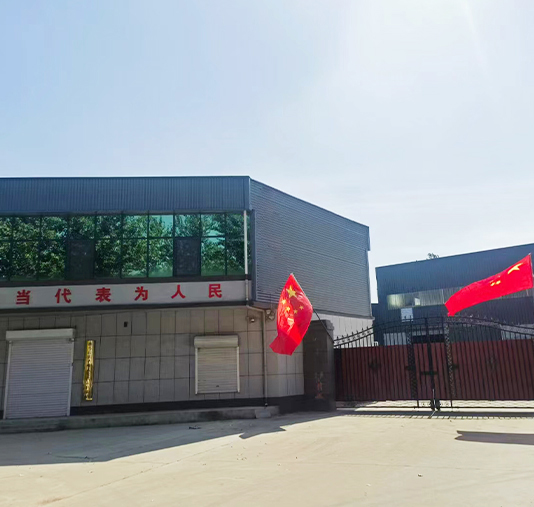wheat reaper binder machine
The Evolution of the Wheat Reaper Binder Machine
The agricultural landscape has undergone remarkable transformations over the past centuries, significantly changing the way we cultivate and harvest crops. Among the numerous innovations, the wheat reaper binder machine has played a crucial role in enhancing productivity and efficiency in wheat farming. This machine not only revolutionized the process of wheat harvesting but also contributed to the agricultural economy as a whole.
Historical Context
The journey of the wheat reaper binder machine began in the mid-19th century. Before its invention, wheat harvesting was a labor-intensive task that required many hours of manual labor. Farmers either used sickles or scythes to cut the wheat, a process that was time-consuming and often backbreaking. The introduction of mechanization in agriculture, particularly during the Industrial Revolution, paved the way for innovative ideas, leading to the creation of the reaper.
The first practical reaper was invented by Cyrus McCormick in 1831. Although it did not bind the wheat, it significantly reduced the labor required for cutting. Later innovations led to the development of machines that could also bind the cut wheat into sheaves, thus combining two essential functions cutting and bundling. This dual capability was vital, as it streamlined the harvest process, making it more efficient and less labor-intensive for farmers.
How the Wheat Reaper Binder Works
The wheat reaper binder machine operates through a combination of mechanisms that work in concert to cut, gather, and bind the wheat. Typically equipped with a cutting bar and a series of revolving blades, the machine slices through stalks of wheat with ease. Once the wheat is cut, special platforms or conveyors gather the fallen stalks and feed them into a binding mechanism.
This binding mechanism uses twine or string to create neat bundles, or sheaves, of wheat. These sheaves can then be easily transported for further processing, such as threshing, which separates the grain from the chaff. The efficiency of this machine significantly reduced the time needed for harvest, enabling farmers to cover larger areas in a shorter period.
wheat reaper binder machine

Benefits and Impact
The introduction of the wheat reaper binder machine had profound implications for agriculture. Firstly, it dramatically increased the productivity of wheat harvesting. Farmers could now harvest the same amount of wheat in a fraction of the time it would take using manual tools. This increase in efficiency not only improved yields but also allowed farmers to allocate their time and resources more effectively, contributing to overall agricultural growth.
Additionally, the wheat reaper binder machine played a pivotal role in the economic development of rural areas. With quicker harvests, farmers could free up labor for other agricultural activities or even diversify their crop production. This diversification helped to bolster local economies, creating a ripple effect of employment and trade opportunities.
Furthermore, the machine's ability to standardize the size and packaging of wheat sheaves enabled better quality control and preparation for market. This efficiency in processing also paved the way for the development of larger-scale farming operations and agribusinesses, further transforming agricultural practices.
Modern Advances
Today, the wheat reaper binder machine has evolved into highly sophisticated equipment, incorporating advanced technology and automation. Modern combines are capable of not only reaping and binding but also threshing and cleaning the wheat in one seamless operation. These innovations continue to increase efficiency and productivity, addressing both present-day agricultural demands and environmental concerns.
Conclusion
The wheat reaper binder machine stands as a symbol of agricultural progress, encapsulating the spirit of innovation that has shaped farming practices over the decades. From its humble beginnings to its modern iterations, this machine has significantly changed the way we approach wheat harvesting. As technology continues to advance, the impact of these machines will only grow, ensuring that agriculture keeps pace with the demands of a growing global population. In the grand narrative of human ingenuity, the wheat reaper binder machine remains a remarkable chapter showcasing how innovation can lead to improved livelihoods and sustainable practices in agriculture.
Latest news
-
When to Upgrade Your Old Forage HarvesterNewsJun.05,2025
-
One Forage Harvester for All Your NeedsNewsJun.05,2025
-
Mastering the Grass Reaper MachineNewsJun.05,2025
-
How Small Farms Make Full Use of Wheat ReaperNewsJun.05,2025
-
Harvesting Wheat the Easy Way: Use a Mini Tractor ReaperNewsJun.05,2025
-
Growing Demand for the Mini Tractor Reaper in AsiaNewsJun.05,2025







